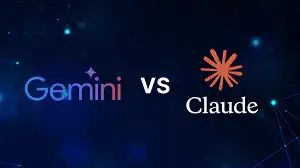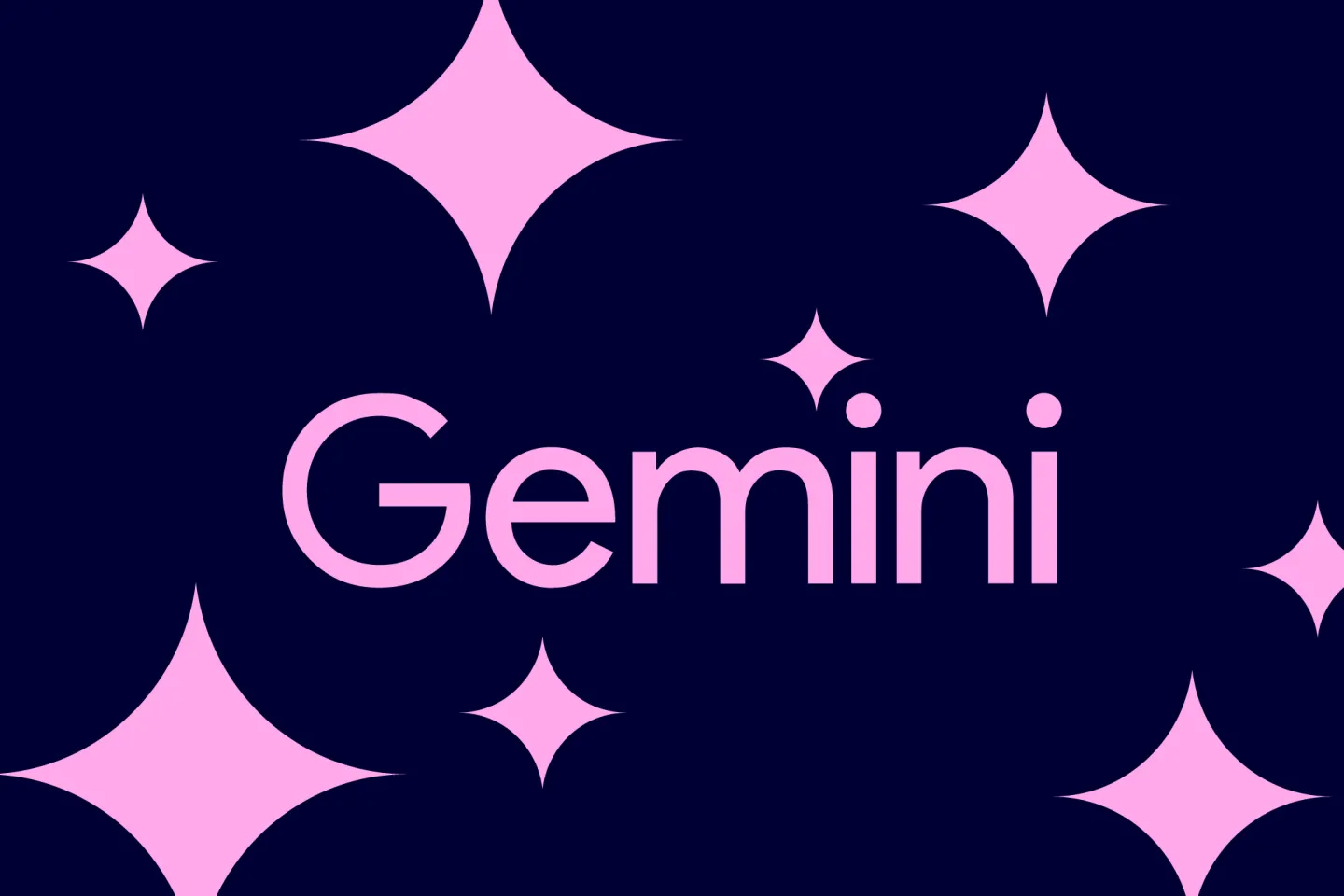Claude vs. Gemini in 2025: A Hands-On Buyer’s Guide
.webp)
Eric Walker · 1, August 2025
If you’re deciding between Anthropic’s Claude Opus 4 and Google DeepMind’s Gemini 2.5 Pro, you’re really choosing between two different philosophies of “thinking” models. Below I compare them the way practitioners do—by capabilities, context handling, cost, tooling, and real-world fit.

TL;DR
- Pick Claude Opus 4 if you need sustained, agent-style coding and long-running tasks that must stay on track for hours, plus tight integrations with developer tools (Claude Code, MCP, Files API). It carries a premium price but brings top SWE-bench results and a mature “extended thinking” mode.
- Pick Gemini 2.5 Pro if you want massive context (1M tokens today), strong math/science/coding performance out of the box, lower per-token pricing, and native multimodality (text, image, audio, video) with production options on Google Cloud.
Reasoning & Coding: who “thinks” better?
Claude Opus 4 is positioned as Anthropic’s best coding model with sustained performance on long, complex agent workflows. Anthropic reports 72.5% on SWE-bench (and higher under high-compute settings) and highlights cases of continuous autonomous work for several hours—precisely the kinds of scenarios where tools and memory matter.
Gemini 2.5 Pro leads a number of math and science evaluations without test-time ensembling (e.g., GPQA, AIME 2025) and is competitive on coding; Google also showcases improvements in agentic code applications and notes leadership on popular preference and coding leaderboards in later updates.
Takeaway: If your workload is coding-heavy and long-horizon, Opus 4’s agent reliability and tool cadence are a standout. If your workload tilts to math/science plus broad multimodal understanding, 2.5 Pro’s baseline reasoning is extremely strong.

“Thinking” modes and control
- Claude introduces Extended thinking with tool use (beta). You can encourage the model to alternate between reasoning and tools (search, code execution, etc.), and Anthropic documents the methodology they used in public benchmarks. On Bedrock, “Interleaved thinking (beta)” can stretch the effective thinking budget to the full context window.
- Gemini bakes thinking into the 2.5 series and exposes “thinking budgets” so you can trade latency/cost for quality. Google has also previewed Deep Think (an enhanced reasoning mode) for highly complex math and coding. Pricing explicitly includes thinking tokens in the output rate.
Takeaway: Both give you dials on depth-of-reasoning. Claude’s framing is “extended thinking + tools”; Gemini’s is “thinking budgets” (and an optional Deep Think).
Context windows & multimodality
- Claude Opus 4 provides a 200k-token context window across platforms. Inputs: text & images; output: text.
- Gemini 2.5 Pro provides 1,000,000 input tokens (1M; 2M “coming soon” noted at launch), 65,535 max output, and native multimodality (text, images, audio, video). The Vertex AI page specifies granular limits (e.g., video/audio lengths and file counts).
Takeaway: If ultra-long context or mixed media is central, Gemini 2.5 Pro’s 1M-token window and native audio/video support are decisive. For most document/codebases, Opus 4’s 200k window is already ample.
Pricing & cost control
- Claude Opus 4 lists $15 per 1M input tokens and $75 per 1M output tokens; prompt caching can lower costs in some workflows.
- Gemini 2.5 Pro is notably cheaper per token on the paid tier: $1.25–$2.50 per 1M input (threshold depends on prompt size) and $10–$15 per 1M output (prices include thinking tokens). Google also offers context caching and batch mode discounts.
Takeaway: For heavy usage, Gemini 2.5 Pro usually wins on raw token economics; Opus 4 may justify its premium when you need highest coding/agent reliability.
Tooling & platform availability
- Claude Opus 4 is available via Anthropic API, Amazon Bedrock, and Google Cloud Vertex AI. The launch introduced Code Execution, MCP connector, a Files API, and prompt caching—useful for building agentic systems. Anthropic’s Claude Code is now GA with IDE integrations and a CLI/SDK.
- Gemini 2.5 Pro is accessible in Google AI Studio, the Gemini API, and is GA on Vertex AI with clear token/IO limits, supported regions, and options like function calling, grounding with Google Search, context caching, and batch prediction.
Takeaway: If you’re already standardized on Google Cloud or need enterprise controls around multimodal processing at scale, Gemini on Vertex is turnkey. If your stack spans Bedrock/Vertex or you want MCP-first integrations and Claude Code, Opus 4 is well-equipped.
Knowledge cutoffs & transparency
- Claude Opus 4: training cutoff March 2025 (per Anthropic docs).
- Gemini 2.5 Pro: Vertex model page lists knowledge cutoff January 2025.
Both vendors have made their benchmark setups unusually explicit this cycle (methodology notes, tool scaffolds, and when extended thinking was used), which helps you interpret headline numbers.
Practical buyer guidance
Choose Claude Opus 4 if…
- Your core need is agentic coding with long-running reliability (hours-long tasks, complex refactors, multi-file edits).
- You want extended thinking with tools, a mature Files API, and MCP pipelines out of the box.
- You can afford premium output costs for higher success rates in complex code change workflows.
Choose Gemini 2.5 Pro if…
- You need 1M-token context and native multimodality (audio/video) in production today.
- You want strong math/science reasoning and solid coding without expensive test-time tricks, with attractive per-token pricing.
- Your org is already on Google Cloud/Vertex AI, or you plan to leverage function calling, grounding, and batch workflows at scale.
A quick test plan you can reuse
- Define success: e.g., “apply precise edits across a monorepo” (coding) or “synthesize a 700-page dossier with tables + video transcripts” (multimodal + long context).
- Run two regimes: default vs. thinking/extended modes; measure accuracy, tool calls, and wall-clock time.
- Cost realism: record input/output tokens and (for Gemini) thinking tokens; compare effective $/task, not $/token.
- Stress context: push beyond 150k tokens (Claude) and approach 1M (Gemini) with mixed media; confirm retrieval fidelity and citation grounding.
- Agent safety: test prompt-injection defenses during tool use (both vendors highlight new mitigations).
Free Claude & Gemini available on GlobalGPT, an all-in-one AI platform.
Bottom line
- Claude Opus 4 is the safer bet for deep, persistent agent workflows—especially large-scale refactors and long-running dev tasks—if you’re willing to pay for premium outputs and want Anthropics’ “extended thinking + tools” pattern.
- Gemini 2.5 Pro is the pragmatic choice for huge-context, multimodal, and math/science-heavy scenarios at a lower unit cost, with Vertex AI’s enterprise surface area and explicit limits for production teams.
Relevant Resources
